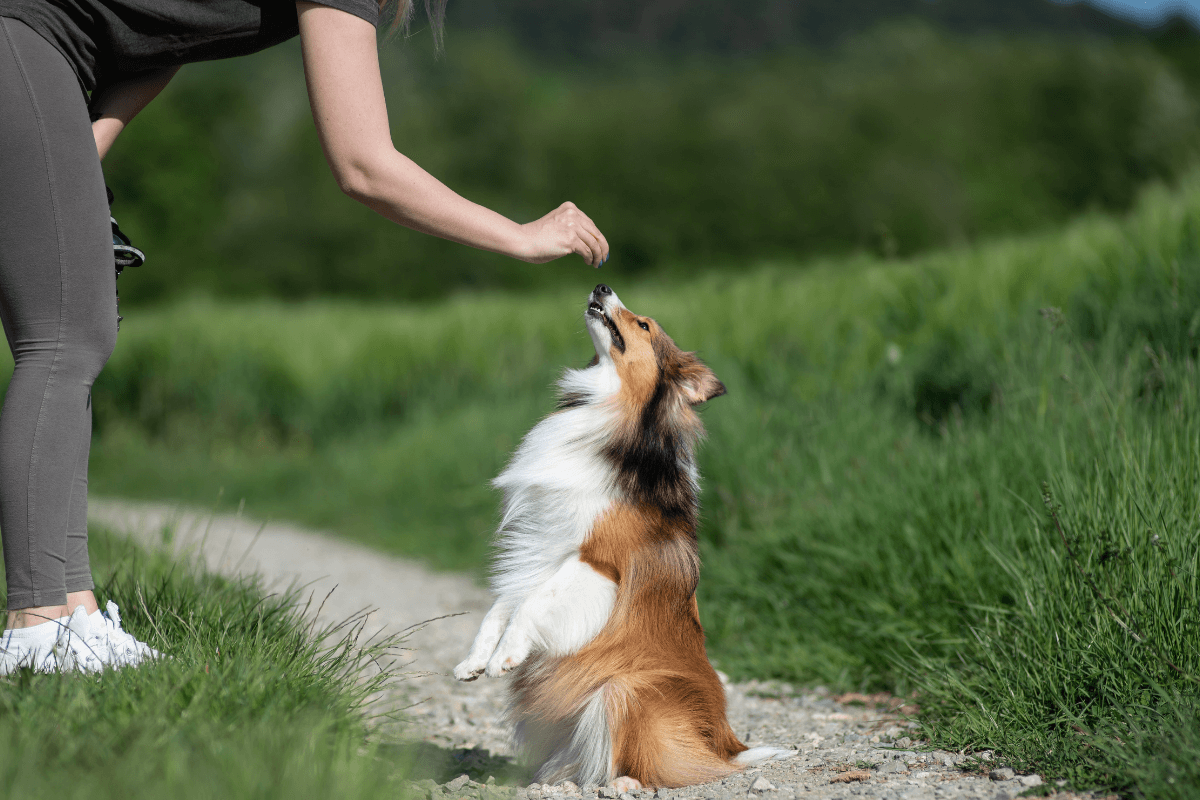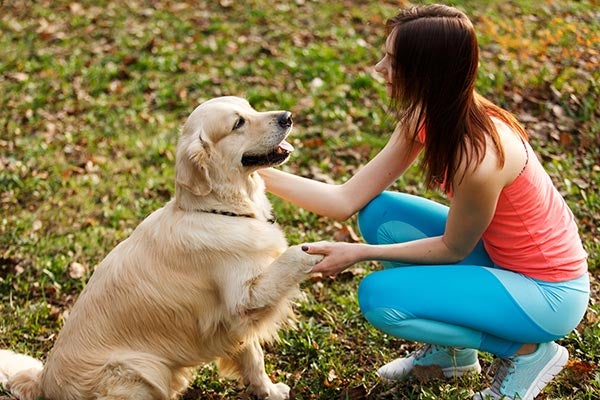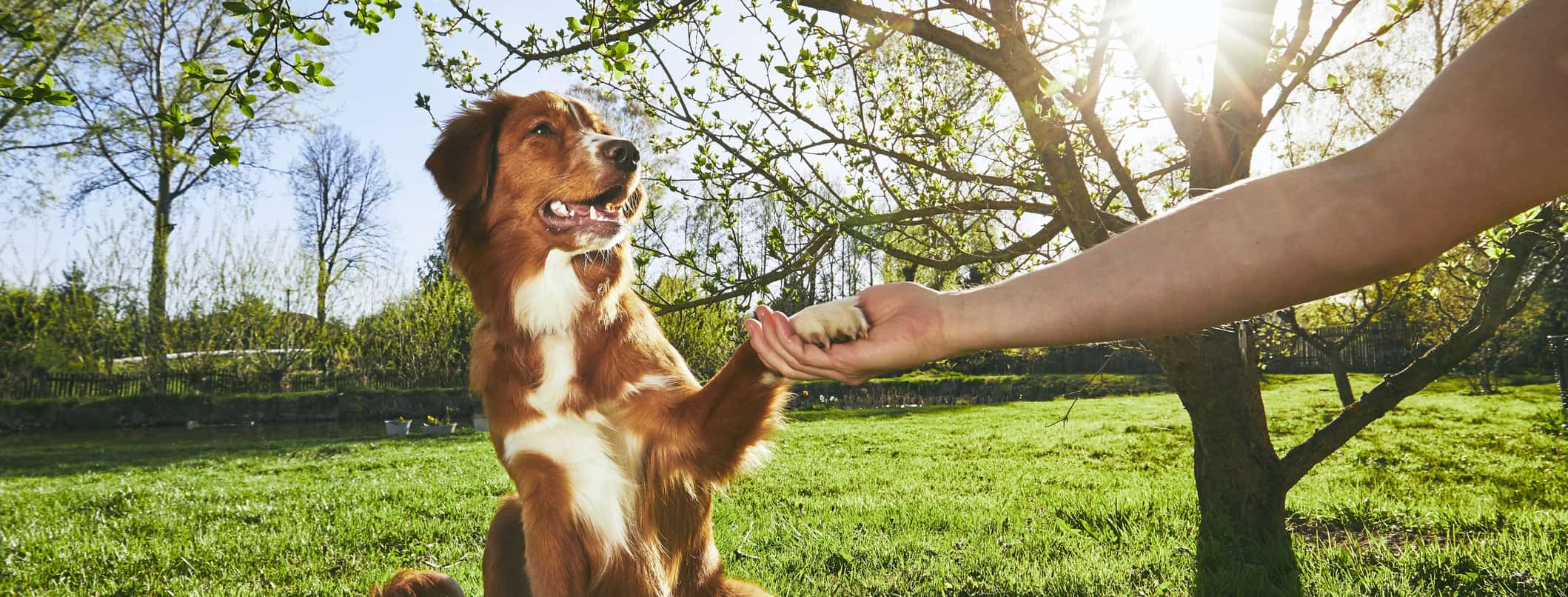Necessary Techniques for Effective Dog Training You Required to Know
Necessary Techniques for Effective Dog Training You Required to Know
Blog Article
Vital Tips for Successful Dog Training: A Guide for Pet Dog Owners
Reliable pet dog training is a diverse process that calls for a calculated method customized to both the pet dog's temperament and the owner's purposes. Comprehending just how to browse these obstacles can considerably enhance the training experience, inevitably changing the connection in between proprietor and canine.
Recognizing Dog Actions
Recognizing canine actions is vital for efficient training and fostering an unified relationship in between dogs and their proprietors. dog training. Pet dogs communicate primarily with body language, articulations, and actions, making it crucial for owners to interpret these signals properly.

Socializing plays a substantial role in canine behavior; exposure to different atmospheres, individuals, and various other pets can significantly impact a canine's personality. In addition, aspects such as type attributes and specific temperament ought to guide training techniques, as some breeds might have details behavioral qualities that require tailored methods. By recognizing these aspects, proprietors can produce a helpful atmosphere that encourages favorable habits, causing successful training outcomes and a much deeper bond with their family pets.
Developing Regular Commands
Effective interaction with your pet dog starts with developing consistent commands. This foundational element of training is critical for promoting understanding between you and your pet dog. Consistency in the commands you utilize guarantees that your dog can dependably associate certain words or phrases with the wanted actions.
When picking commands, pick clear, distinct words that are easy to say and set apart from each other. Stay clear of utilizing similar-sounding commands that might confuse your pet. For example, making use of "sit" and "remain" is ideal, but "rest" and "struck" might bring about misunderstandings.
Furthermore, preserve the very same tone and volume for each command. Pet dogs are sensitive to vocal signs, so varying your tone can produce confusion.
It is just as crucial to make sure that all relative get on the very same page regarding the commands used. A united front in command usage will certainly protect against blended signals and reinforce the understanding procedure.
Favorable Reinforcement Techniques
The power of favorable reinforcement in dog training lies in its capacity to urge preferred actions via rewards and appreciation. This method is based in the principle that behaviors complied with by positive results are most likely to be duplicated. By including favorable reinforcement right into your training program, you can efficiently form your pet's actions in a positive way.
To carry out positive reinforcement, it's vital to determine what encourages your pet, whether it be treats, toys, or verbal praise. When your canine does a wanted activity, such as sitting on command, instantly compensate them with a reward or affection. This organization in between the command and the positive outcome strengthens their understanding.
It's critical to timing the rewards correctly; delivering the support within seconds of the desired habits helps your pet dog make the connection (dog training). In addition, consistency is vital-- guarantee that all relative make use of the same commands and reward systems to avoid complication

Progressively, you can decrease the frequency of deals with as your dog discovers the habits, transitioning to applaud or periodic benefits. This method not only cultivates a strong bond between you and your canine however additionally advertises a positive discovering environment, making educating an enjoyable experience for both.
Socialization and Interaction
Continually exposing your pet to a variety of environments, people, and various other animals is essential for their social growth. Socializing needs to begin early, ideally throughout the vital home window of 3 to 14 weeks, when young puppies are most responsive to brand-new experiences. Older pet dogs can also benefit from ongoing socializing efforts.
Present your dog to various settings, such as parks, pet-friendly stores, blog and urban areas. This exposure helps them adapt to numerous stimuli, decreasing anxiety and worry actions. Motivate favorable interactions with other pets and individuals, making sure that these experiences are regulated and risk-free to cultivate self-confidence.
Utilize organized playdates with courteous canines, as this can enhance your canine's social skills and show them proper actions. Obedience courses and training sessions likewise offer excellent chances for socializing, permitting your canine to communicate with others in a monitored atmosphere.
Monitor your canine's body movement during interactions, as this will certainly assist you gauge their comfort degree. Slowly boost exposure to more challenging situations while making certain that each experience is positive. A well-socialized pet is more probable to exhibit balanced actions, making them a pleasure to have in any type of setting.
Resolving Common Training Obstacles
Every dog proprietor will certainly run into training difficulties at some point, despite their canine's age or socializing degree. Recognizing common issues such as stubbornness, disturbances, and fearfulness can aid in establishing effective approaches for renovation.

Disturbances throughout training sessions can derail focus. To battle this, begin training in a peaceful setting with marginal stimuli. Slowly introduce interruptions as the pet becomes a lot more efficient in commands. Short, constant training sessions are likewise effective in keeping focus.
Terror can hinder a canine's learning procedure. Progressive desensitization to the resource of concern, coupled with favorable reinforcement, can aid alleviate anxiety. Perseverance is crucial; never ever force a pet right into a circumstance that triggers distress, as this might exacerbate the concern.
Eventually, understanding and resolving these usual obstacles with a structured strategy will cultivate a much more efficient training experience, strengthening the bond between dog and proprietor while promoting reliable understanding.
Final Thought
In recap, effective canine training counts on a comprehensive understanding of canine behavior, the facility of regular commands, and the application of favorable reinforcement techniques. Socializing plays a crucial role in creating well-adjusted animals, while resolving common training challenges needs patience and versatility. By implementing these important techniques, family pet proprietors can promote a solid bond with their canines and advertise desirable Click This Link actions, eventually leading to a harmonious connection in between people and their canine buddies.
Recognizing pet behavior is essential for efficient training and cultivating an unified partnership between canines and their owners.Socialization plays a considerable function in canine behavior; exposure to various settings, individuals, and other pets can considerably impact a pet's personality.The power of positive support in canine training lies in its ability to encourage wanted habits via benefits and appreciation. By incorporating positive support right into your training regimen, you can successfully shape your dog's behavior in a constructive fashion.
In summary, effective dog training depends on a comprehensive understanding of canine behavior, the facility of regular commands, and the application of positive reinforcement strategies.
Report this page